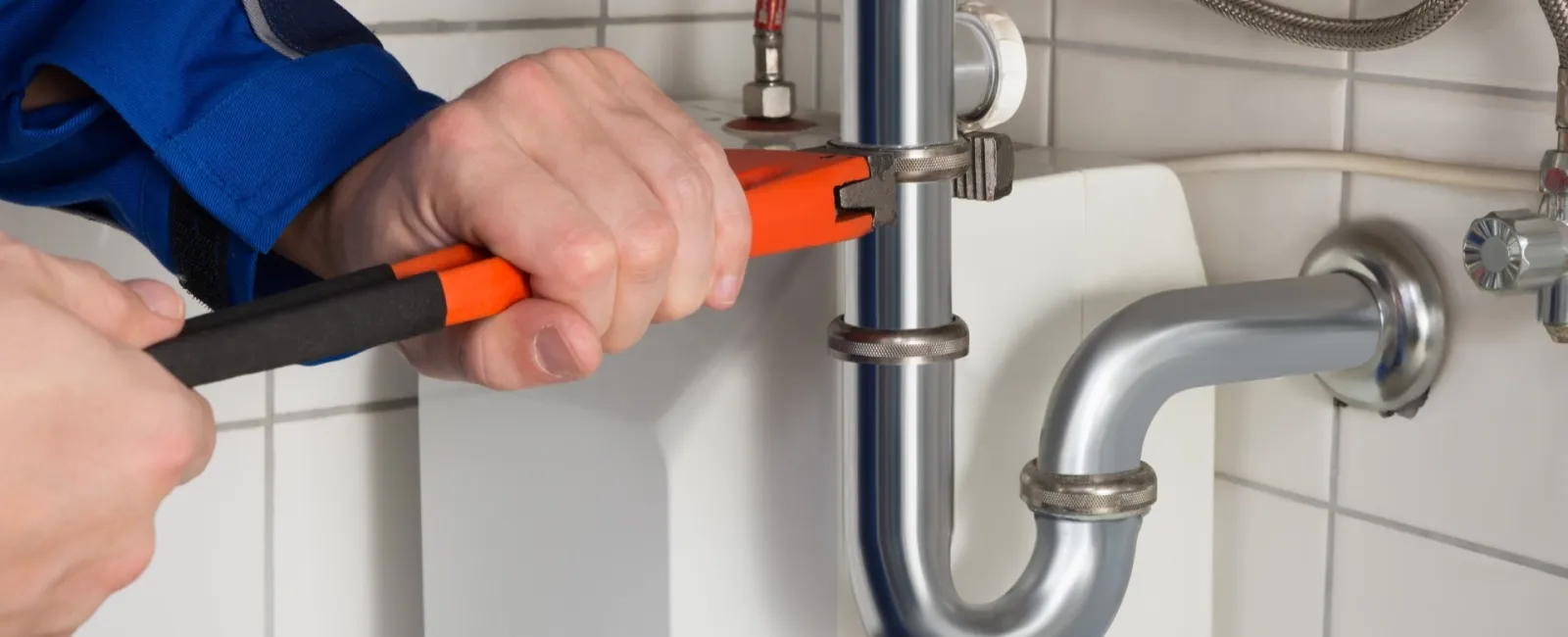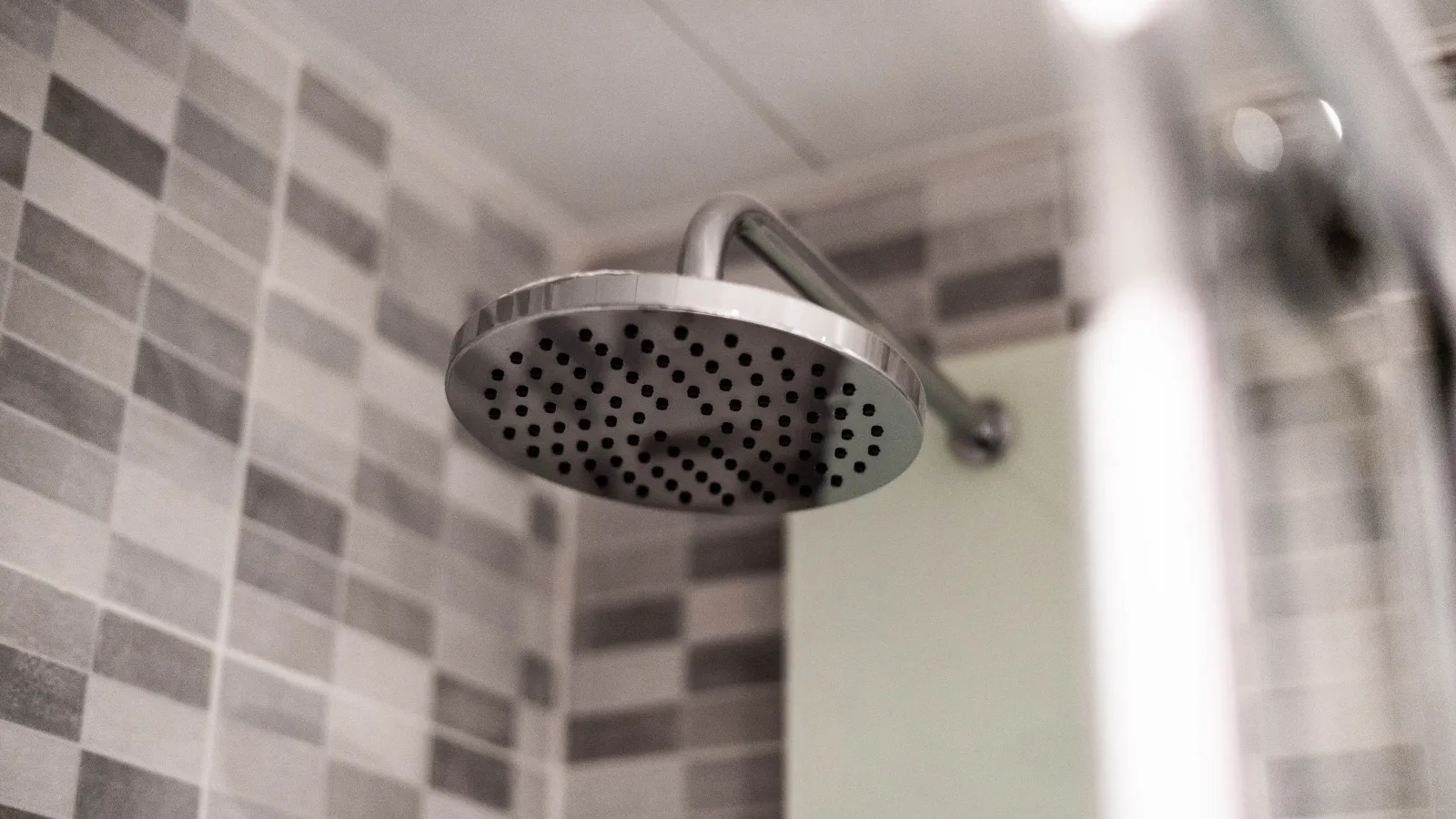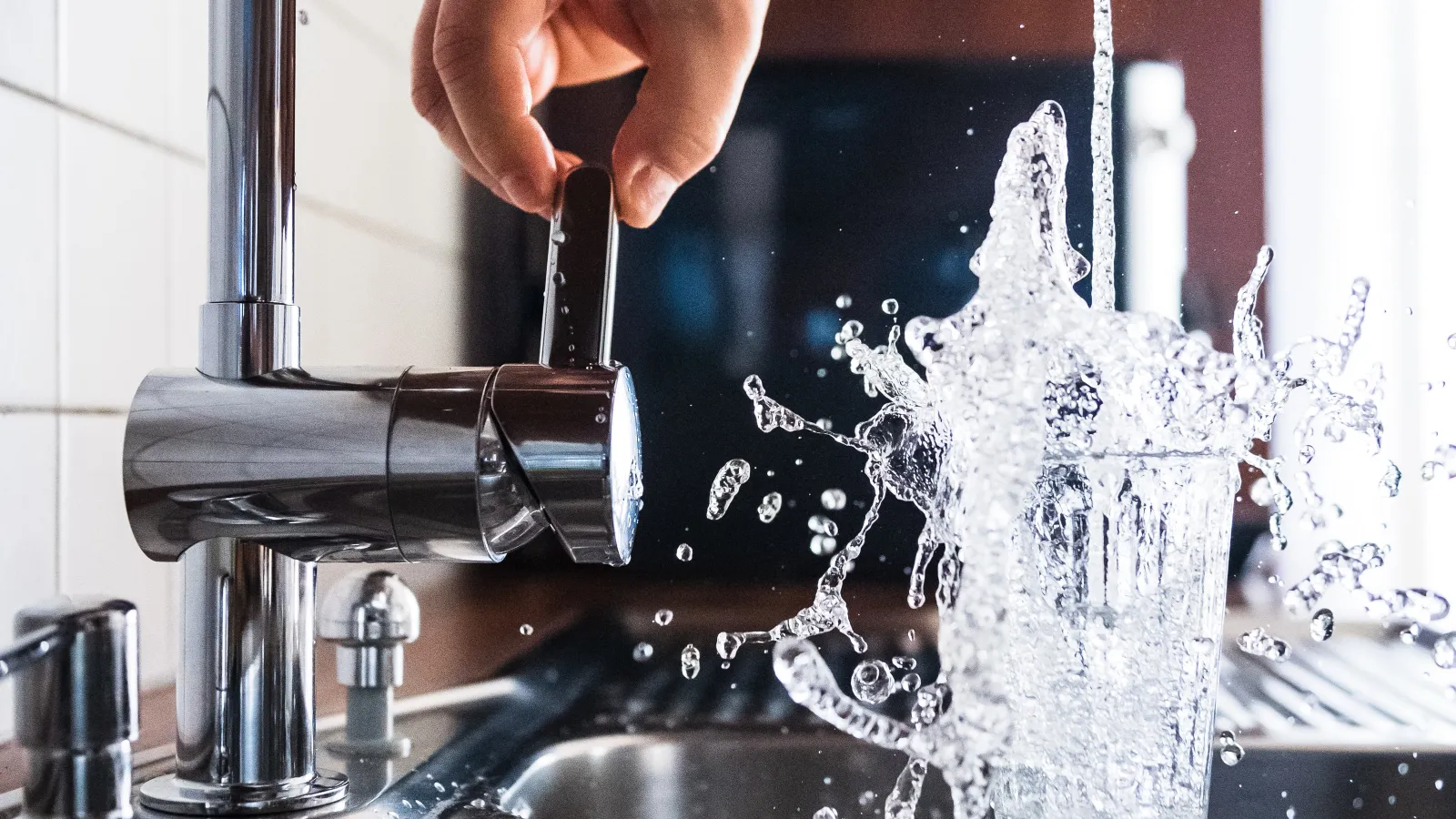Slow or sluggish drains are a common problem that homeowners face. It's especially true in older homes with sewer lines that may be antiquated. Sand, sediment, roots and grease can slow down your drains. They may even cause filthy sewage water to back up into your sinks, clothes washer, dishwasher and tub. This exposes you and your home to a multitude of bacteria and pathogens found in sewage water that can be harmful to your family's health — not to mention just plain unpleasant.
When to consider hydro jetting
Although hydro jetting is a regular practice in commercial plumbing, it wasn't always the method of choice for residential plumbers — but this is changing rapidly. It eliminates snaking and reduces the likelihood of having to dig up your drain lines. Annual jetting of your sewer lines helps maintain a clear path for drain water, and can reduce damage to sewer lines caused by recurring root invasion.
How it works
The process uses the power of extreme water pressure — between 1,500 and 4,000 pounds per minute — to clean the interiors of your pipes. The pressurized water removes the sand, sediment and grease built up in your drains over the years. By removing these types of blockages, drain water has a clear and quick path from your home, and backups should be a thing of the past.
The jetting tool incorporates both forward and rear high-pressure jet streams that use a spinning action to clean the drain. The forward stream blasts through blockages as the rear streams propel it down your pipes. As the hydro jet is pulled in reverse; the six to eight rear streams scour and clean the pipe interior to remove any remaining debris and blockages.
Consult a professional plumber
It is recommended that only highly trained professionals use the hydro jetting method to clean your drains. The high-pressure system could damage sewer and drain lines if they are not inspected beforehand. Hiring only licensed plumbing professionals with the training, knowledge, equipment and experience to perform this service protects both you and your home.
Image source: Flickr



